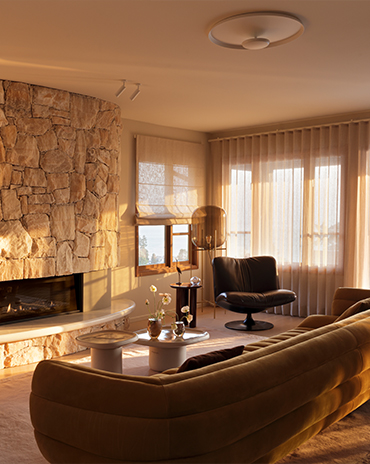Copyright © 2025 Motivate Media Group. All rights reserved.
Foundry is the latest addition to the UAE’S arts and culture scene
The new arts space aims to support local and regional creatives, artists and designers
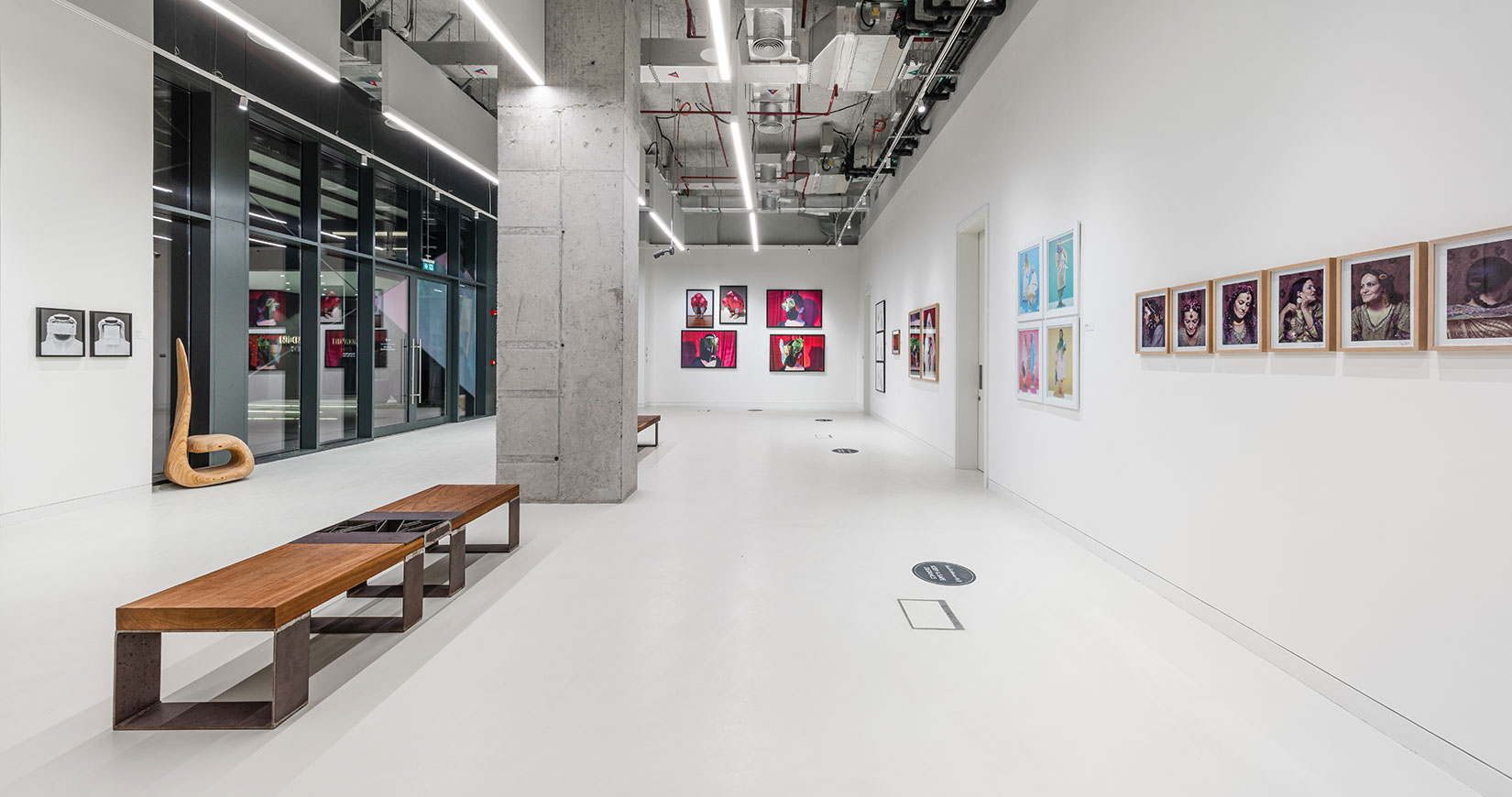
The cultural scene in the UAE continues to grow, and joining its roster of recently opened spaces for the creative community is Foundry, a hybrid space in Downtown Dubai that doubles as an art gallery and co-working space alongside a library and café. Plans for Foundry include holding contemporary art exhibitions and hosting cultural programmes for communities across the UAE and the wider region, as well as collaborating with established art institutions, curators and artists. Currently on show are: exhibitions by artists Jeffar Khaldi, Navid Azimi Sajadi and Goncalo Mabunda; a project by Ayesha Hadhir, Rawda Al Ketbi and Sheikha Al Ketbi; and a private photography collection of Emirati designer Khalid Shafar.
We speak to curator Giuseppe Moscatello to learn more.
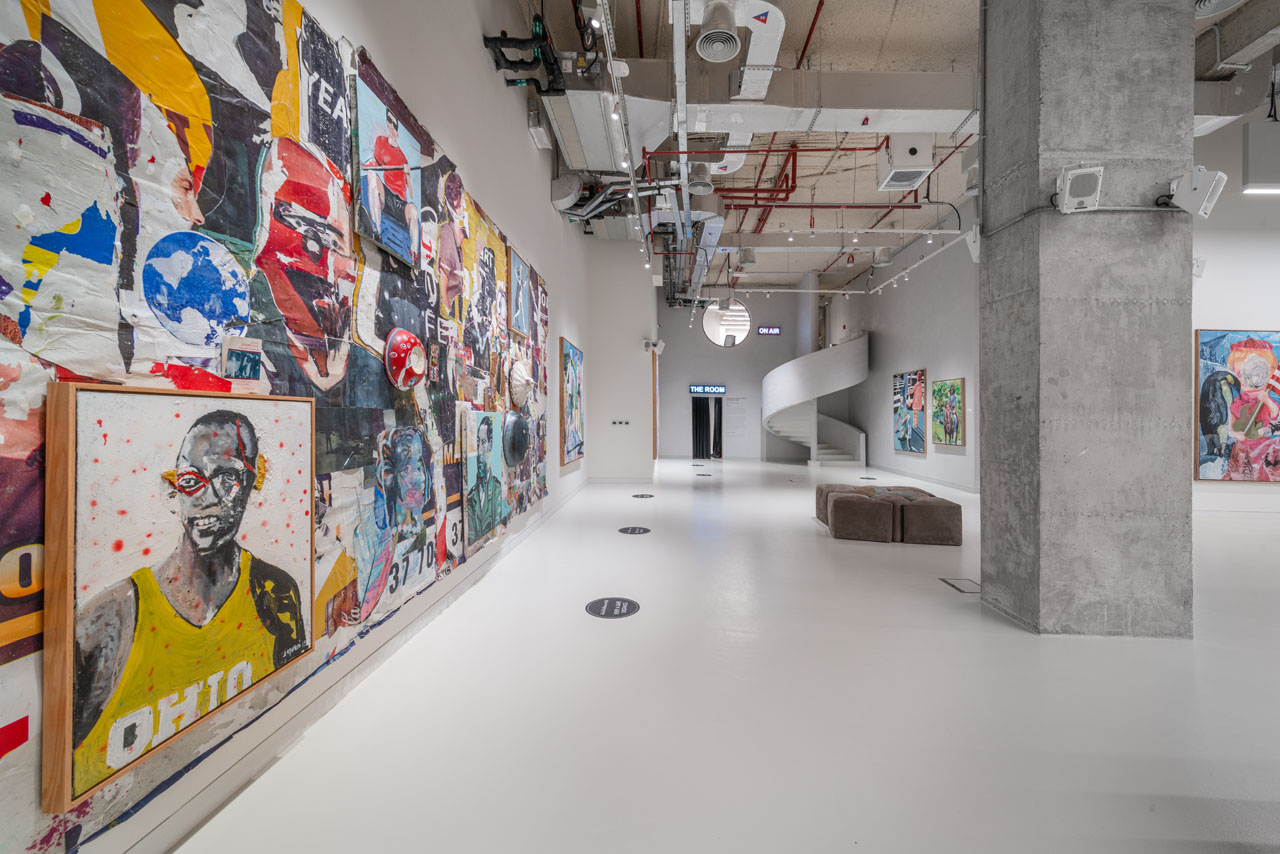
What is the aim of Foundry? How will it contribute to the city’s design and arts scene?
The aim of Foundry is to give everyone, be they artists or art enthusiasts, a creative space and sense of community. A place where people from all walks of life can come together to create and innovate, Foundry contributes to the city’s design and arts scene in more ways than one. Many talented artists will have the opportunity to showcase their work for the entire UAE, and world, to see.
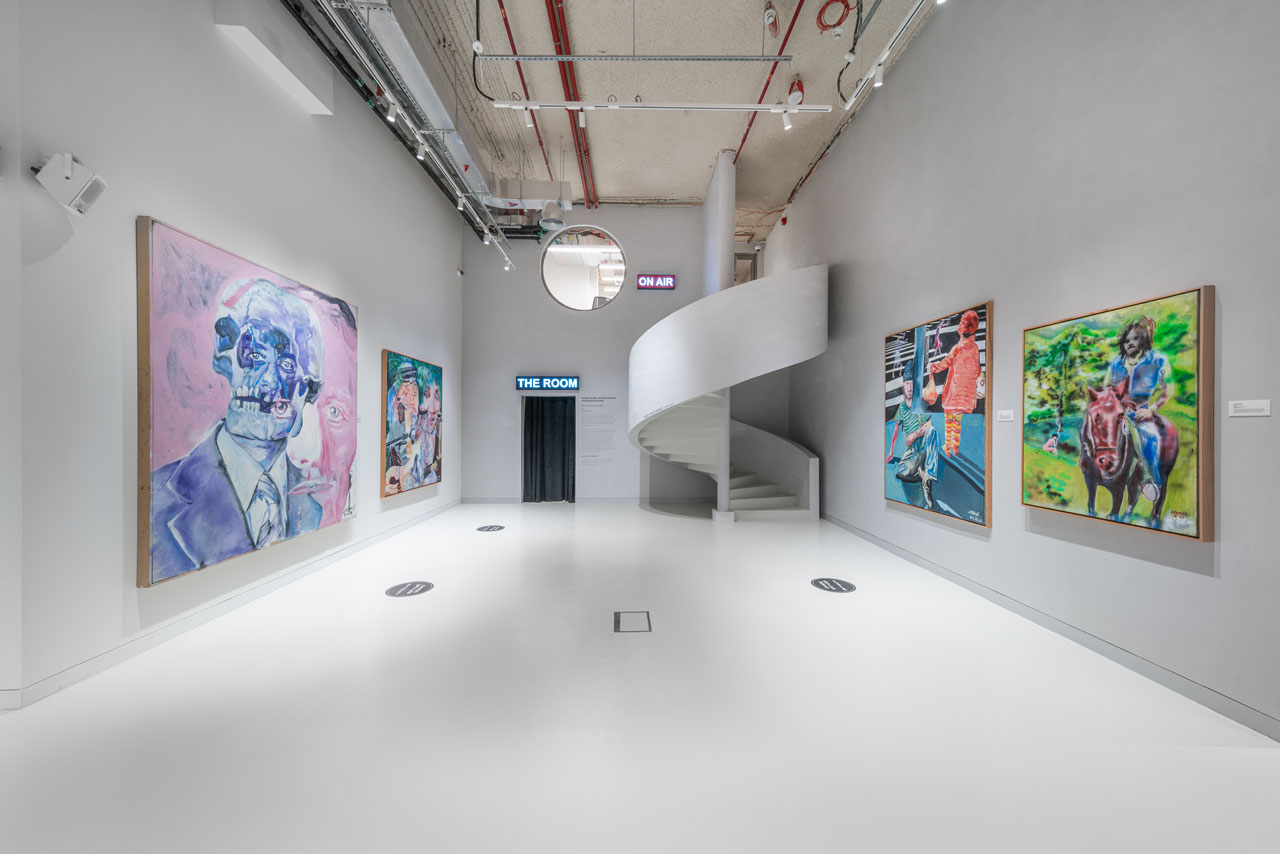
What is the significance of the three main exhibitions currently showing at Foundry?
All shows throughout Foundry are focused on reflecting the artist’s works and life experiences. Navid Azimi Sajadi’s ‘Allegorical States’ project comprises three mixed-media installations which are an indirect pictorial and allegorical narrative passage of the transiting of the mind, from one state to another. On the other hand, ‘Emotions Running High’ by Jeffar Khaldi is a solo exhibition that sees charged paintings which evolve from political satire and pop signifiers to fantastical, dreamy scenes that marry parallel worlds and landscapes. Khaldi’s body of work reads like a fever dream, indicating that the lives we live aren’t separate from those we imagine.

What are your plans in terms of curating the artworks and exhibitions?
At Foundry we aim to make art more accessible; [a place] that speaks to a wider audience, allowing different communities to converge at a hub that combines art, culture, entertainment and work. We enjoy collaborating with independent artists, discussing their work, and curating their projects in line with our vision.
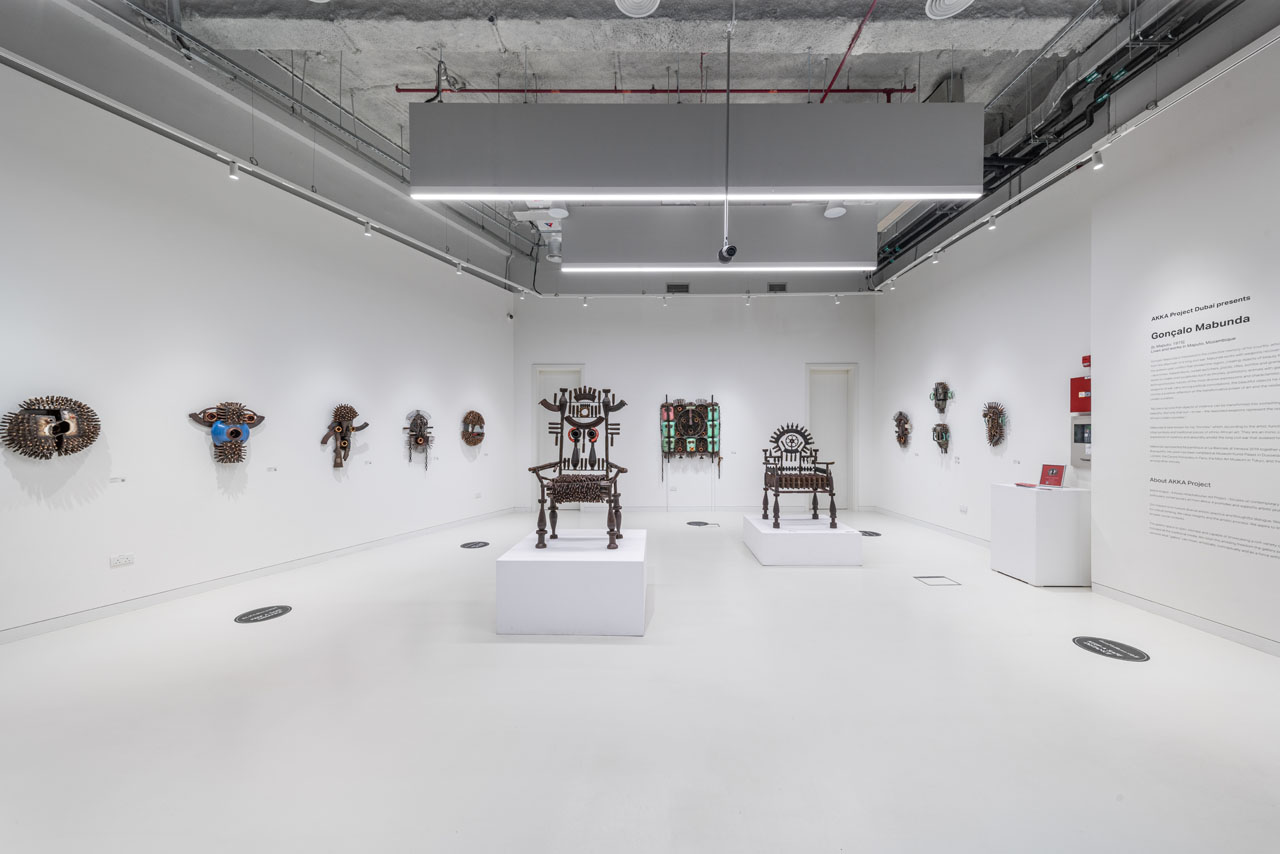
How are you planning on bringing together creatives from both the arts and design?
I believe that nowadays the line between art and design has become so thin, there are various schools of thought. We are experiencing an important time whereby hybrid projects are becoming a regular occurrence. Artists and designers are collaborating and working together like never before.
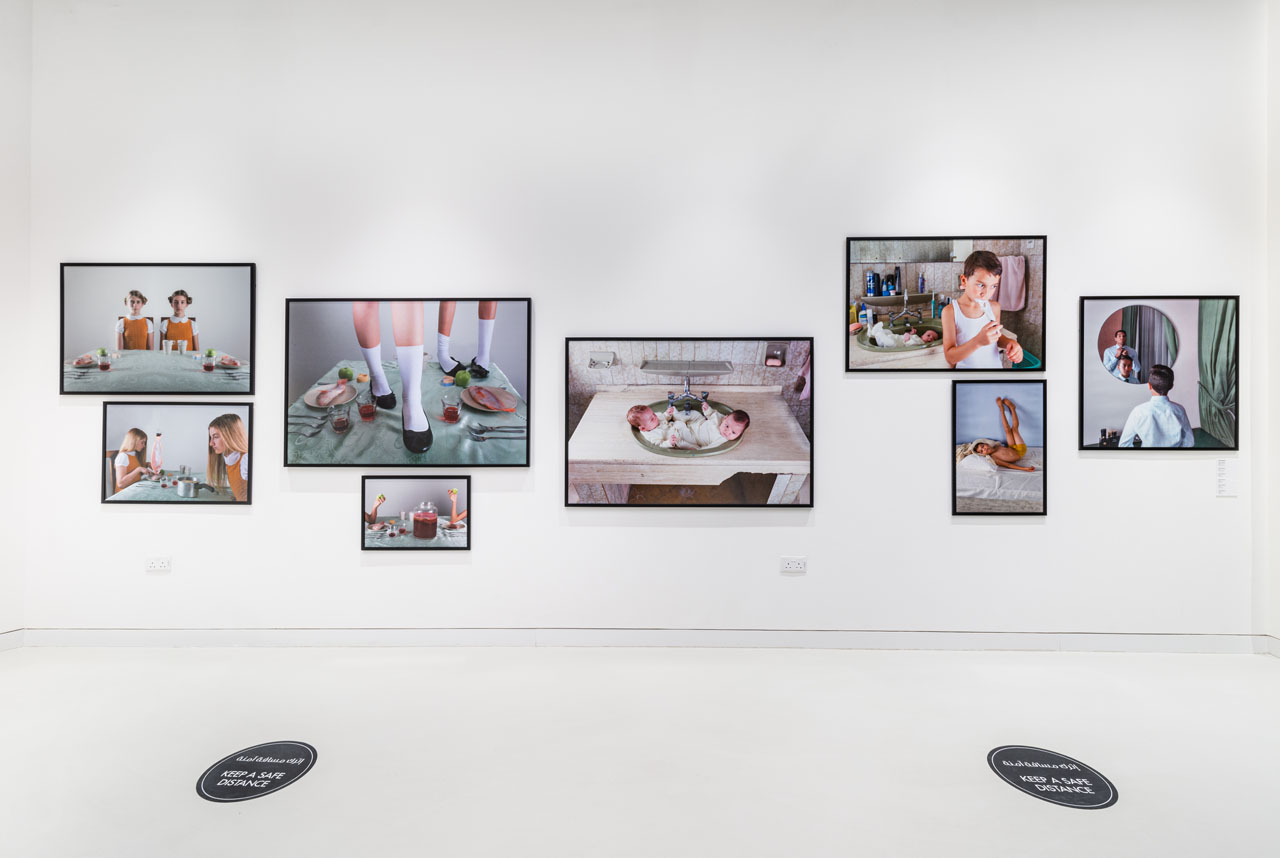
Can you tell us more about Khalid Shafar’s private collection? How did the idea come about, and are you planning on creating more such exhibitions?
The words ‘private collection’ might sound intimidating, but we have always believed that if you create or own beautiful art, you have the responsibility to share it with other people. We have always known Khalid as a designer, but never thought he would own a collection. When we first saw the collection, we immediately recognised his vision of supporting Khaleeji photographers. We proposed that he showcase this incredible collection to the public for the first time, at Foundry, to encourage other collectors to start buying more such art. This also allows the artists greater recognition and exposure.

Tell us about the inspiration behind the design for Foundry and how it accommodates the diverse functions of the space.
Foundry led the design of the interiors, which were inspired by brutalist architectural forms. The focus was on the honest expression of materials while providing a clean backdrop to allow the art to take centre stage; [these were] the guiding principles for the team at Zebra Dubai.

The ground and first floors are designed for dedicated co-working spaces that allow the community to come together, collaborate, form new friendships and spark ideas. It is here you will find custom leather-wrapped reading pods, designed exclusively for Foundry – the perfect space to curl up with a book or work away. Foundry has also collaborated with local artists to create bespoke furniture, which itself becomes a piece of art within the space, allowing emerging designers to gain further exposure.
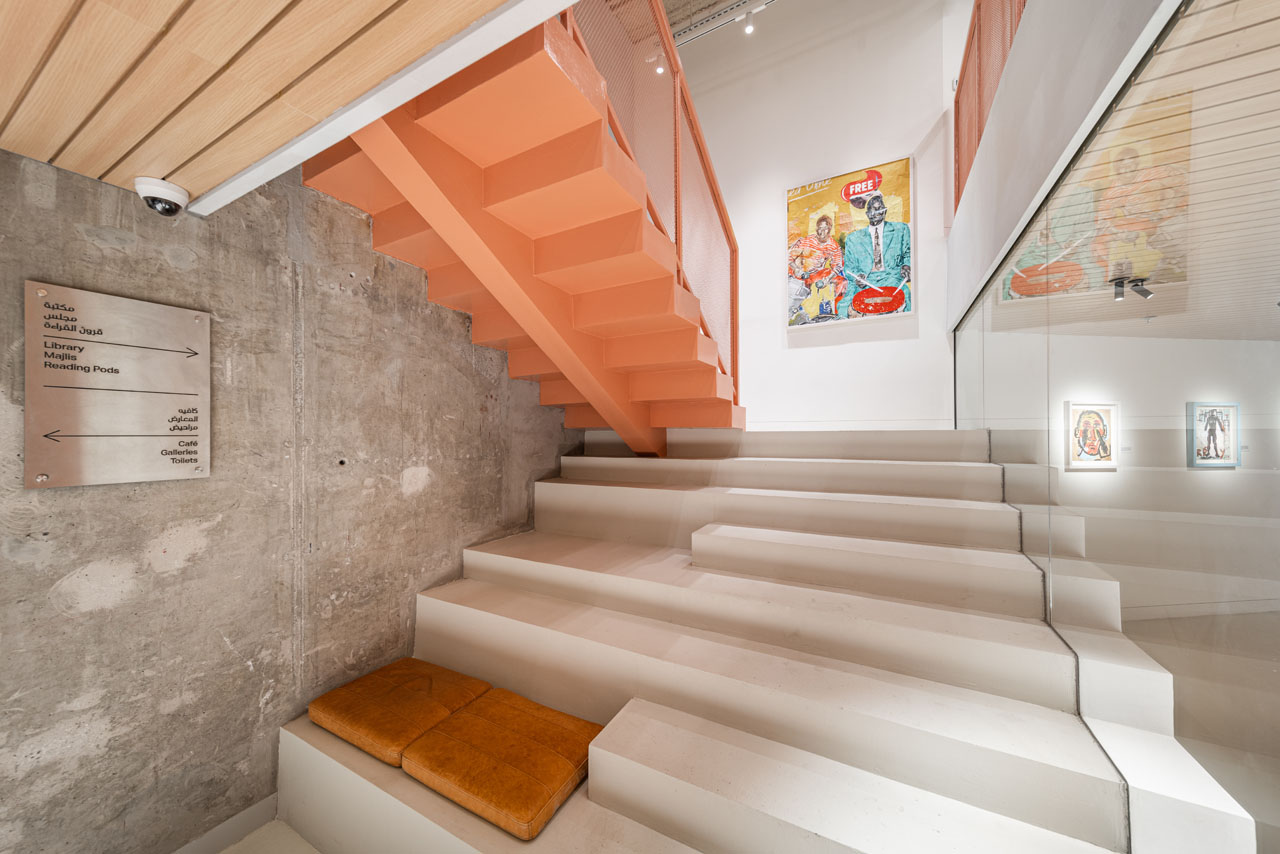
What are some of your future plans for Foundry?
We are preparing a series of exhibitions and activations for March with street artists such as Harif Guzman, Rex, Adil Aubekerov and many more. Foundry is also expanding with some outdoor installations, as well as enhancing some of its areas with community activations. We are also engaging with a lot of podcasters by bringing in their communities and initiatives to Foundry, and collaborating with regional and international artists and galleries.
The Latest
Highlights of the Biennale Architettura 2025
We shine a light on the pavilions from the Arab world at the Venice Architecture Biennale, on display until Sunday 23 November 2025
Read ‘Bold Design’ – Note from the editor – July/August 2025
Read identity magazine's July/August 2025 edition on ISSUU or grab your copy at the newsstands.
Things to Covet in June 2025
Elevate your spaces with a pop of colour through these unique pieces
Designing Spaces with Purpose and Passion
We interview Andrea Savage from A Life By Design – Living & Branding on creating aesthetically beautiful and deeply functional spaces
Craft and Finesse
EMKAY delivers a bold and intricate fit-out by transforming a 1,800 sqm space into SUSHISAMBA Abu Dhabi, a vibrant multi-level dining experience
An Impressive Entrance
The Synua Wall System by Oikos offers modularity and style
Drifting into Summer
Perennials unveils the Sun Kissed collection for 2025
The Fold
Architect Rabih Geha’s collaboration with Iwan Maktabi
From Floorplans to Foodscapes
For Ayesha Erkin, architecture was never just about buildings, but about how people live, eat, gather and remember
Between Sea and Sky
Cycladic heritage, heartfelt hospitality and contemporary design converge on Deos Mykonos, designed by GM Architects
A Fresh Take on ’70s Style
Curved shapes and colourful artworks bring vibrancy to this contemporary home with mesmerising nature views
















